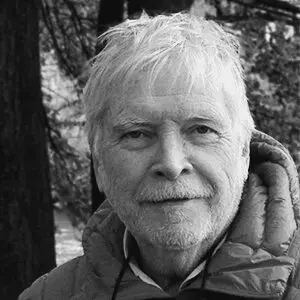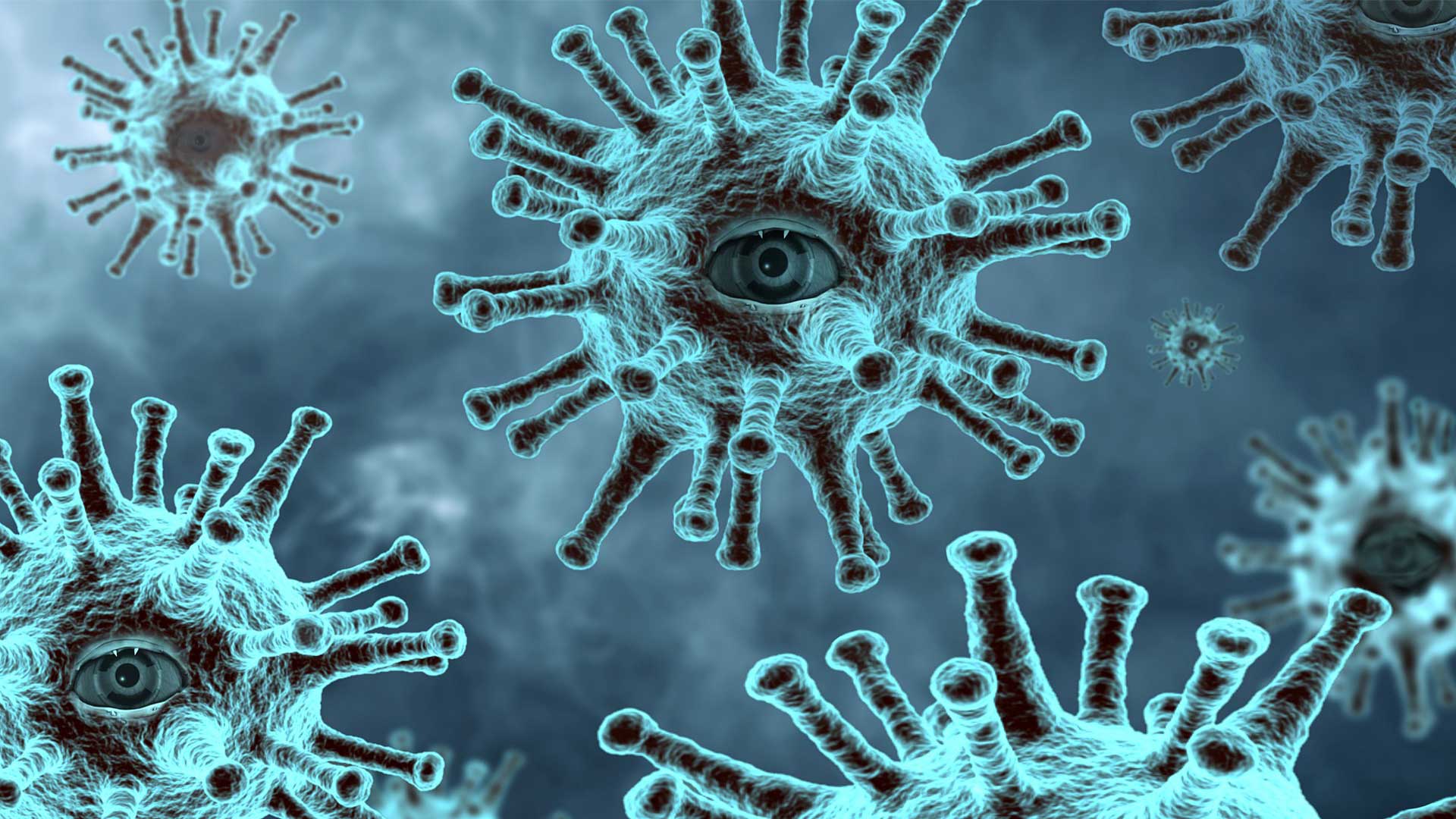

This is the twelfth blog post in the series Sixteen Psychological Reflections on COVID-19 by Robert Romanyshyn
“Did I request thee, Maker, from my clay
To mould me man? Did I solicit thee
From the darkness to promote me?”
These are the words that the biblical Adam poses to God in John Milton’s Paradise Lost. They echo the plight of the so-called ‘Monster’ whose very presence and form confront his maker with this silent rebuke: ‘Who is the Monster?’
Victor Frankenstein is a new god, who, as a man of science, uses the newly discovered powers of electricity to create life and rid humankind from what he calls the stain of death. However, the creature he creates is never named but only labeled and cursed as devil, demon, and monster. Exiled to the margins of mind and abandoned by his maker, the Monster becomes the other face of Victor Frankenstein, the flawed god. Refusing throughout the story to take responsibility for his action and their consequences, Mary Shelley’s story is a cautionary tale about the lethal nature of denial.
Mary Shelley finished her story over 200 years ago, but the tale is not done. Victor Frankenstein’s dream to dominate the natural order of life by erasing death has become our nightmare. The monster he made lives on in various guises.
In his recent novel, Machines Like Me, Ian McEwan updates Mary Shelley’s story in terms of a new race of Adams and Eves, machines that are hauntingly humanoid in their cyborg mechanisms. Descendants that Victor Frankenstein feared, the central character in McEwan’s story confirms the prophetic character of Shelley’s cautionary story. Reading the manufacture’s manual, he realizes that these new Adams and Eves will become mirrors of who and what we have become. We will see in them “a familiar monster through the fresh eyes that we ourselves designed.” (2019:181)
Who is that familiar monster?
Is it us who are still dreaming Victor Frankenstein’s dream to act as if we are the new lords of creation?
Is this familiar monster the other, denied, exiled, the dark side of the collective god complex at the heart of our living nightmare?
Imagine for a moment that McEwan’s new Adams and Eves are not only a familiar but also a hauntingly strange appearance of a monster whose image is still too intolerable to accept!
Imagine this version of Frankenstein’s Monster is a reflection of what we have created and have refused to acknowledge! Do we dare take note of this reflection? Do we dare not to take note of it and then fail to realize we are enacting Victor Frankenstein’s story as a prophecy?
Today, as I write these reflections, are we being faced with another guise of Frankenstein’s Monster in the form of the COVID-19 pandemic?
In Mary Shelley’s story, Victor Frankenstein and the ‘Monster’ personify two opposite attitudes toward the natural world. Frankenstein intentionally cuts himself off from the natural order and rhythms of nature, eschewing the beauty of the changing seasons, refusing to be distracted from his work to reanimate dead matter. In his obsession, he adopts a purely utilitarian attitude toward the natural world. Even to the point of seeing the bodies, he digs up in graveyards as only material for his dream to create life. For Frankenstein, the material world does not matter in any other way, an attitude that is highlighted when he contrasts the seriousness of his work with that of his beloved Elizabeth Lavenza, whom he describes as occupying herself with filling the natural world with the airy creations of the poets.
But, while this contrast between the scientist and the poet, aligned as it is with the contrast between the masculine and feminine, seems all too familiar and thus easy to disregard, the contrast with the Monster underscores the cost that not only Frankenstein pays for living and working apart from the natural world as if he were not a part of it. It is also the price we are paying as we continue to design a world that has marginalized the aesthetic values of nature, its beauty, which, as Terry Tempest Williams notes, is necessary for our survival.
It is this aesthetic and non-utilitarian attitude toward nature that the Monster embodies. For him, the natural world is the book of nature which educates him into an awareness of himself. Seduced by the light of the moon so different from that of the sun; startled by the winged creatures who flit across his vision now and then and enchant him with their songs; drawn out of himself into the world with its changing seasons, Victor’s Monster is the character in the story who, now in the guise of the COVID-19 virus, is again, as before, posing the question, ‘Who is the Monster’?
Is the COVID-19 pandemic an image of a world we have made but have failed to take responsibility for as we continue to look for solutions in all the wrong places when we deny our obligation to look in the mirror and see reflected back to ourselves our destructive attitudes toward the natural world?
Is this pandemic an image of our own monstrous crimes against all living things on Earth, this ground that is out home?
And, is it finally the exiled one in Shelley’s story who knows what we have forgotten?
Is it finally the Monster who is re-minding us of the dangers of believing and acting as if we are the masters of nature?
Is the Monster a disfigured, scarred ‘Other,’ whose form seems too different, horrible, and even alien to who and what we believe ourselves to be?
If that be the case, then the irony here is that the Monster might be the one to humble our god-like hubris by appearing in the guise of a virus, a protein molecule that is on the margins of life.
The high brought low by the marginalized ‘Other’!
Is it not a supreme irony that Frankenstein’s ‘Monster’ on the margins has now taken up its place within us with every breath we take?
Is it not telling that we are hosts now for the monster we have created, humbling our own inflated god sense?
If we have not gone to the margins of the conventional mind in order to listen to the monsters we have created, are we taking up too much space?
To reply to these questions, we need to face not only the question of ‘Who is the monster’? We also have to explore the question, ‘What is a Monster?’
Enjoy all the essays in the series Sixteen Psychological Reflections on COVID-19.
You might also enjoy Robert Romanyshyn’s course Reflections on Ecology and Soul. In this course, Robert takes us on a journey into the depths of the soul of the world and into those places where nature, psyche, technology, and humans meet.

Robert Romanyshyn
Robert D. Romanyshyn is an Emeritus Professor of Clinical Psychology at Pacifica Graduate Institute, an Affiliate Member of The Inter-Regional Society of Jungian Analysts, and a Fellow of the Dallas Institute of Humanities and Culture. He is also a Core Faculty Member at Jung Platform.
More Posts by Robert Romanyshyn2 Comments
Join the discussion and tell us your opinion.
Comments are closed.
What a rich posting, Robert, one of your best. We are just coming out of a disastrous bout with nature, who pummeled us and in the process showed us the power of the natural order when it is brutalized by neglect and abuse. We came within minutes of the entire power grid in Texas collapsing. The incompetents in Austen were warned a decade ago that the grid need revitalizing and insulating and they ignored it. This hubris seems so much a part of your insights above. And these events, like the pandemic, push to the surface the underserved, the marginal and the poor as the greatest victims of such catastrophes. Further, the years of lying and creating false realities showcases the arrogance of those who would believe they can create their own reality apart from the common sense of what is real. So your insights fan way out to snag so much of excess, deflection and recreation of reality. Here the shared reality may be the orphan right now and we must fight like hell to give it back its home. More soon, my friend, on another post.
Thank you, Robert. for this profound essay: “Who is the monster?”. It is chilling to contemplate that Mary Shelley’s story of Doctor Frankenstein’s creation of a monster is not yet finished but, “lives on in various guises.” And, it is ominous to think that one such guise might the COVID19 virus, now a raging pandemic on the planet as a result of human hubris. Answers to the questions raised by these possibilities makes me eager to read on to the next essay, “What is a monster?”.